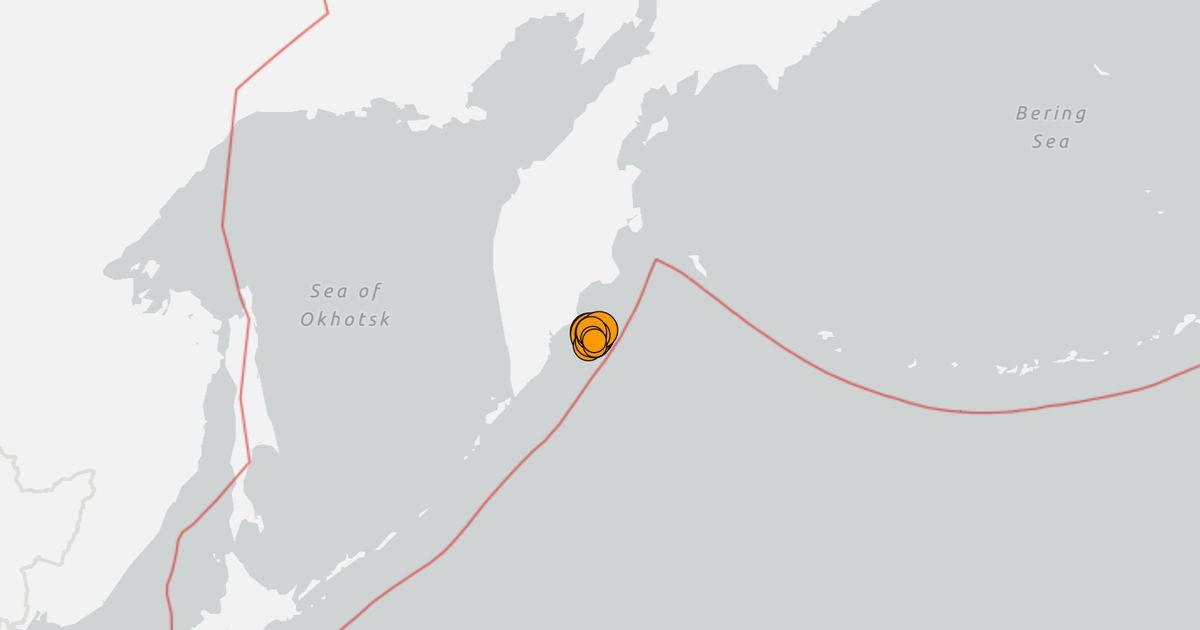T4K3.news
Colossal 650-Foot Tsunami Hits Greenland
A massive landslide caused a record tsunami in Greenland, sending seismic waves globally.

A massive landslide in Greenland triggered a 650-foot tsunami, raising alarms about climate change effects.
Colossal Tsunami in Greenland Signals New Climate Threats
In September 2023, a significant geological event unfolded at Greenland's Dickson Fjord. A landslide released about 25 million cubic yards of rock and ice, causing a tsunami that reached an unprecedented height of 650 feet. The tsunami not only generated massive destruction but also sent seismic waves detected globally, from Alaska to Australia. Researchers were particularly struck by the tsunami's prolonged seismic signatures, which lasted nine days, differing from typical earthquakes. Satellite technology has played a crucial role in understanding this event, showcasing the fjord's complex interactions with the tsunami and revealing a concerning pattern as climate change intensifies risks in the Arctic.
Key Takeaways
"This event could be just the start of a troubling new pattern."
Kristian Svennevig highlights the potential for more landslides and tsunamis in the Arctic.
"It was a big challenge to do an accurate computer simulation of such a long-lasting tsunami."
Alice Gabriel emphasizes the difficulties in studying the tsunami's seismic impact.
"Next-generation Earth observation satellites are transforming the way researchers understand these dynamic environments."
Thomas Monahan discusses the importance of satellite technology in disaster monitoring.
The monumental tsunami in Greenland is more than just a natural disaster; it highlights a new chapter in our understanding of climate-related risks. The unique seismic patterns and prolonged effects seen from this event reveal vulnerabilities in the Arctic, which may become increasingly prone to such disasters. As the environment shifts due to climate change, the potential for future tsunamis raises alarms for both researchers and policymakers. The need for advanced monitoring systems has never been more evident, as increased activity in these regions could become the norm rather than an exception.
Highlights
- Tsunamis like this signal more dangerous climate shifts ahead.
- Climate change is not just a future threat; it's already reshaping our world.
- The Arctic's vulnerabilities are higher than ever before amid rising temperatures.
- Advanced satellites are changing how we monitor our planet's extremes.
Growing Concerns Over Arctic Disasters
The tsunami and landslide in Greenland highlight increasing risks tied to climate change, raising alarm among scientists and policymakers. As glaciers melt and destabilize cliffs, such events may become more frequent, necessitating improved monitoring and early warning systems.
As climate change escalates, the potential frequency of such disasters could reshape Arctic policies and research.
Enjoyed this? Let your friends know!
Related News

Tsunami threats near Russia's coast have been lifted

Great white shark swims near Nantucket

Padres trade multiple top prospects

Oprah Winfrey denies claims about private road during tsunami warning

Spencer Jones hits three home runs in Triple-A game

8.8-magnitude earthquake prompts global tsunami warnings

Hollywood continues trend of reboots and sequels

7.4 magnitude earthquake triggers tsunami alerts
